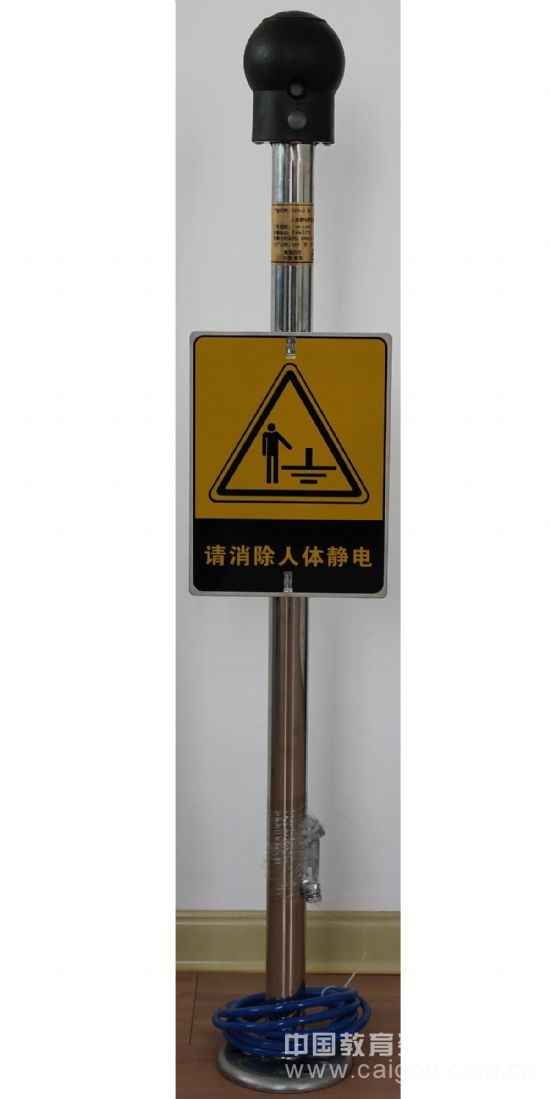
Main Methods of Static Electricity Protection
Electrostatic protection is a comprehensive system that requires attention to every detail. A single mistake or oversight in any step can lead to the failure of the entire static control process.
During production, the main methods for electrostatic protection include static leakage, dissipation, neutralization, humidity control, shielding, and grounding. These techniques help manage and eliminate static charges effectively.
For human body protection, the system typically includes anti-static wrist straps, ankle straps, overalls, shoes, socks, caps, gloves, and finger sleeves. These items help with static leakage, neutralization, and shielding. [1]
Grounding solutions for static control include anti-static ceramic steel-based raised floors, all-steel raised floors, and anti-static porcelain tiles. These materials are designed to dissipate static electricity safely and efficiently.
Grounding is essential to reduce static charges on conductive surfaces, which are the primary sources of static electricity. It's crucial to prevent static buildup on people working with sensitive electronic components. The best approach is to stop static from forming on the body itself.
Personal grounding devices are widely used in industrial settings. Wrist straps are the most common, as they safely remove static from the body. Proper contact with the skin is important—dirty or loose straps may not work effectively. Conductive footwear can be used as an alternative or supplement to wrist straps when needed.
Workstation grounding systems also play a vital role. Conductive or static-dissipative work surfaces are essential, especially during manual assembly. A clean and properly grounded surface ensures effective static removal through wrist straps. While these materials can generate static, they become effective when grounded correctly.
Shielding is another key strategy. Components should be isolated from charged objects or electrostatic fields during storage and transport. Insulation is the best way to prevent damage from static discharges. Since insulators cannot be grounded, it’s important to keep sensitive parts away from them. Reducing the use of plastics and other insulators in handling areas helps protect products from static risks. Limiting access to certain areas can also enhance protection.
Faraday cages are a powerful tool in static control. These containers made of conductive materials prevent static charges from entering, offering protection against electrostatic discharge. They are commonly used in storing and transporting electronic components. Faraday bags, conductive bags, and covered boxes are examples of such protective measures. These containers collect and neutralize static before opening, ensuring safety.
Neutralization is another critical method. Ionizers, which produce ions to neutralize static charges, are often used. This is especially important for insulating materials like plastic or synthetic fabrics, where grounding alone isn’t enough. Ions in the air naturally occur due to sunlight, fire, or radiation, but ionizers can generate large numbers of ions quickly. These ions balance the static charge on surfaces, reducing the risk of discharge within seconds.
While ionization doesn't fully eliminate static, it significantly reduces the chances of a dangerous discharge. Combining multiple methods like grounding, shielding, and ionization offers the best protection in environments where static electricity is a concern.
Wedding Decoration Balloons, Latex Metallic Balloons,Agate Marble Balloons,Bright Decorative Balloons
Xiongxian Tonghai Latex Products Co., Ltd , https://www.balloontonghai.com